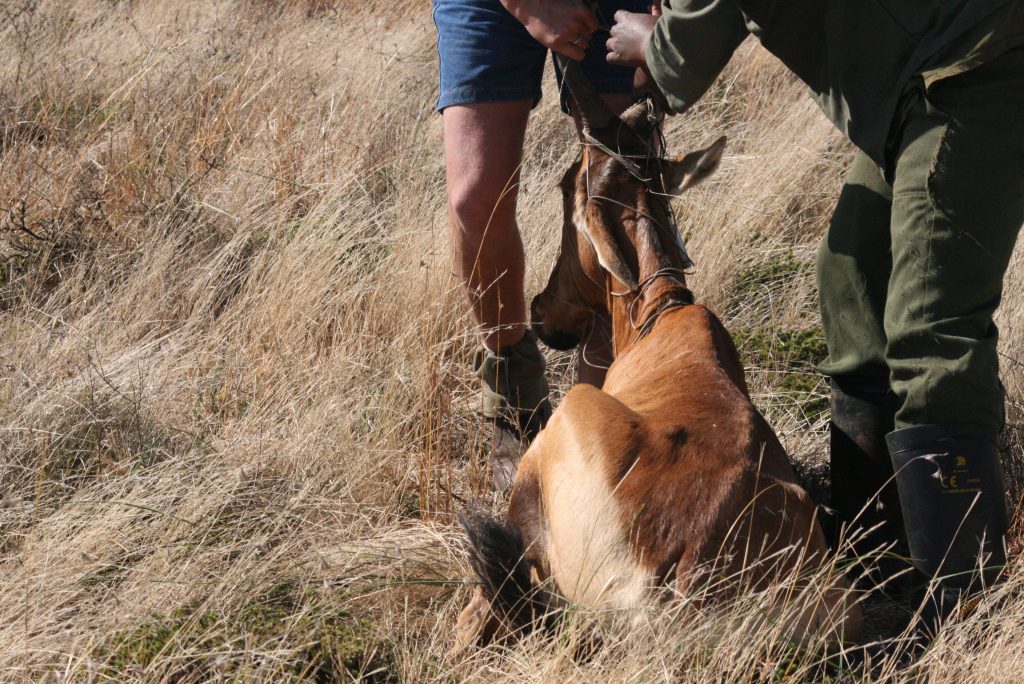When it comes to capturing game, not many people understand the way it works or the aspects that need to be taken into consideration. Not many people are aware of the different characteristics that each specie has. Every animal differs and therefore, not every specie can be caught the same way. We make use of the mass capture boma but there are times when we need to use other methods of capture.
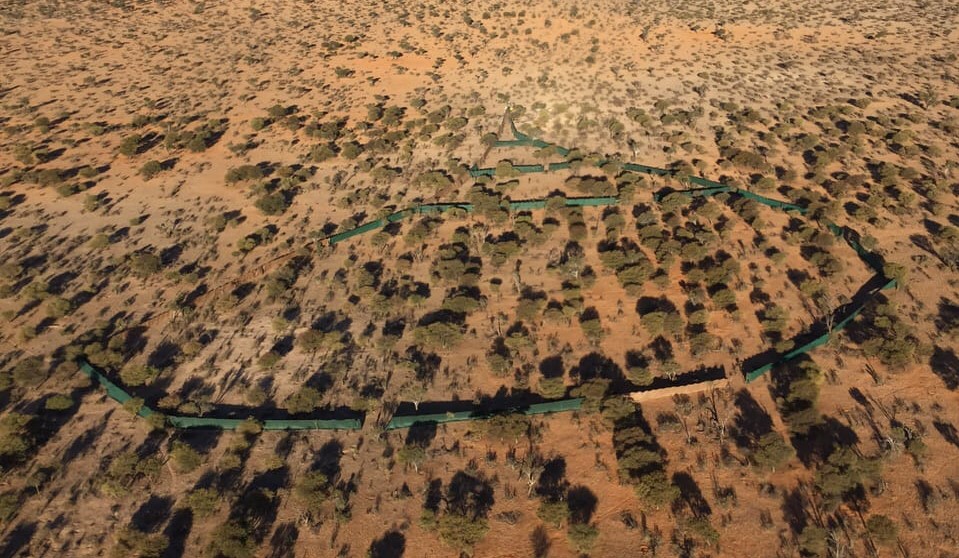
For those of you who don’t know, there is a prescribed window period for the mass capture of wildlife. This is from 1 March to 31 October. This is because from November to February, for most animals it is lambing or calving season, and also the temperatures are at their peak. From the month of March, the young are generally weaned and old enough to be caught and separated from the mother. This lessens mortality rates.
Another element contributing to the time of the capture season is the weather. During the months of November to February, it can be incredibly hot. When catching animals during this time, mortality rates would increase. It is best to catch them during temperatures where they won’t become exhausted from the heat. When it comes to heat, springbuck and impala should not be caught with a temperature above 25°C. This would increase their stress levels and mortality rates. When animals are not being herded from too far a distance to the boma, they can be caught in higher temperatures.
Interesting fact: waterbuck cannot be chased too far as they tire easily!
When catching giraffe, we still make use of a boma, just with a few adjustments. The boma sides are built at 5 meters high and we have a specially designed truck and trailer for transporting them in. This causes less stress. See below:
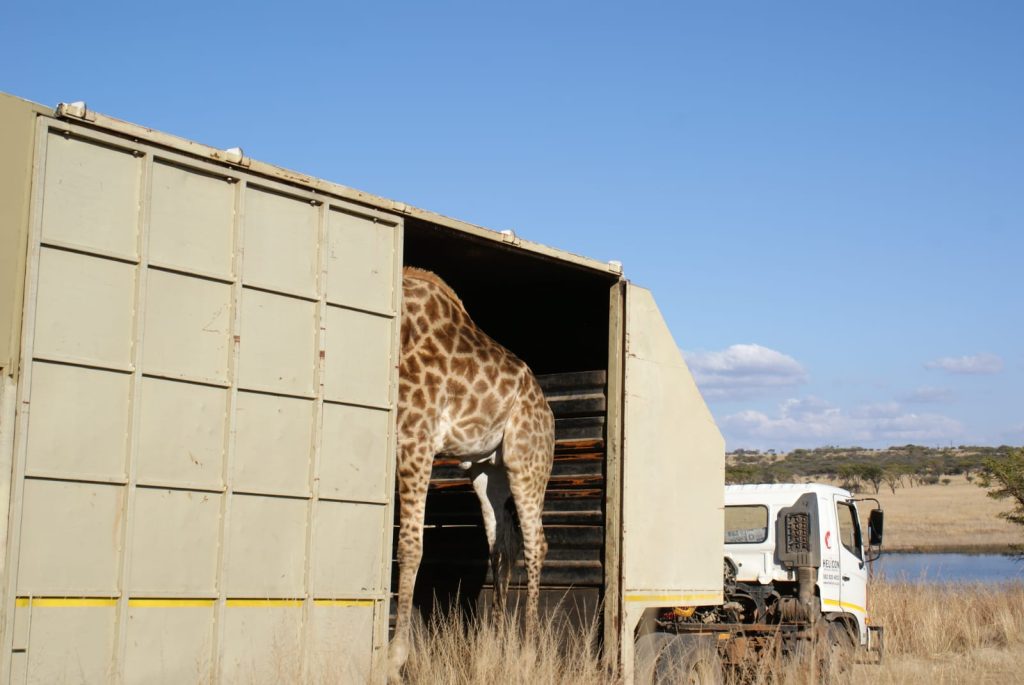
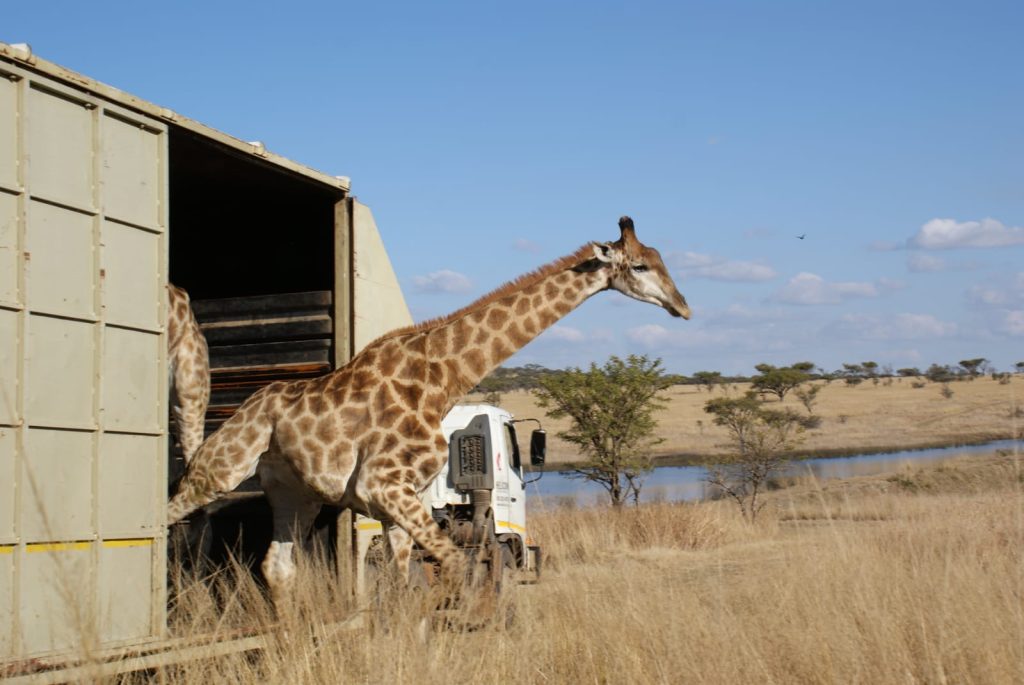
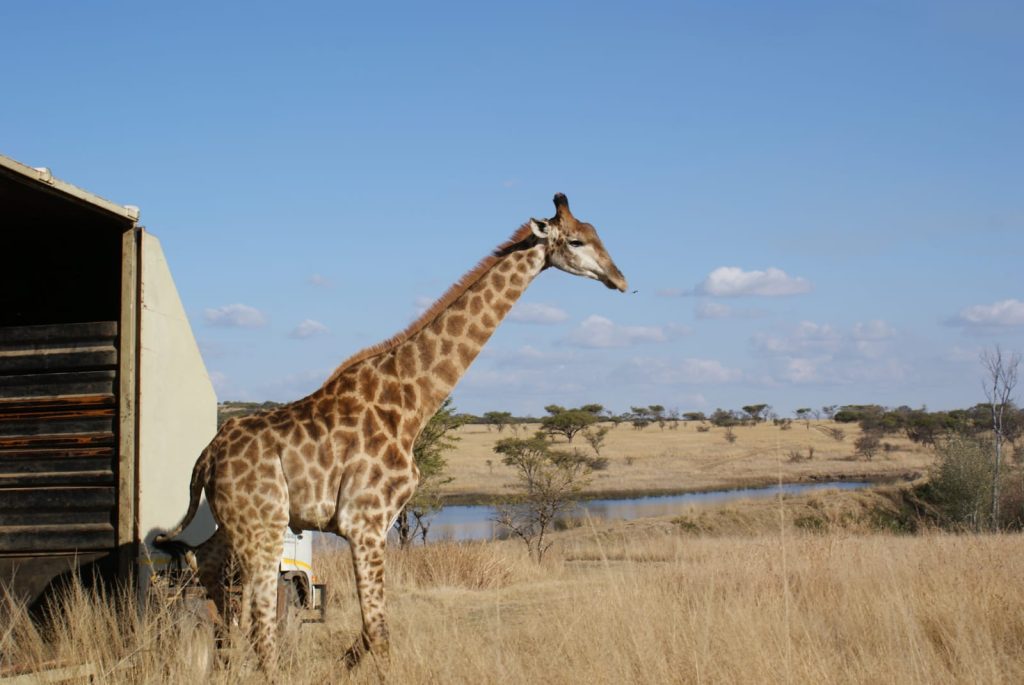
When making use of the mass capture boma to catch wildlife, you can build the boma in the open or between bushes. Species such as springbuck, blesbuck, black wildebeest and sometimes ostriches are ideally caught in open veld. They won’t run to the bushes or trees. Whereas the kudu, waterbuck, giraffe, nyala and impala will run into bushes and trees as it provides them with “safety”. There are species that will run into a boma in open veld and bushes, such as the sable, eland, blue wildebeest, red hartebeest, and zebra. For red hartebeest, it depends on where they are situated, for example in Limpopo, you will be able to catch them with the boma built between the bushes. In the Free State, they will run where there’s an open area.
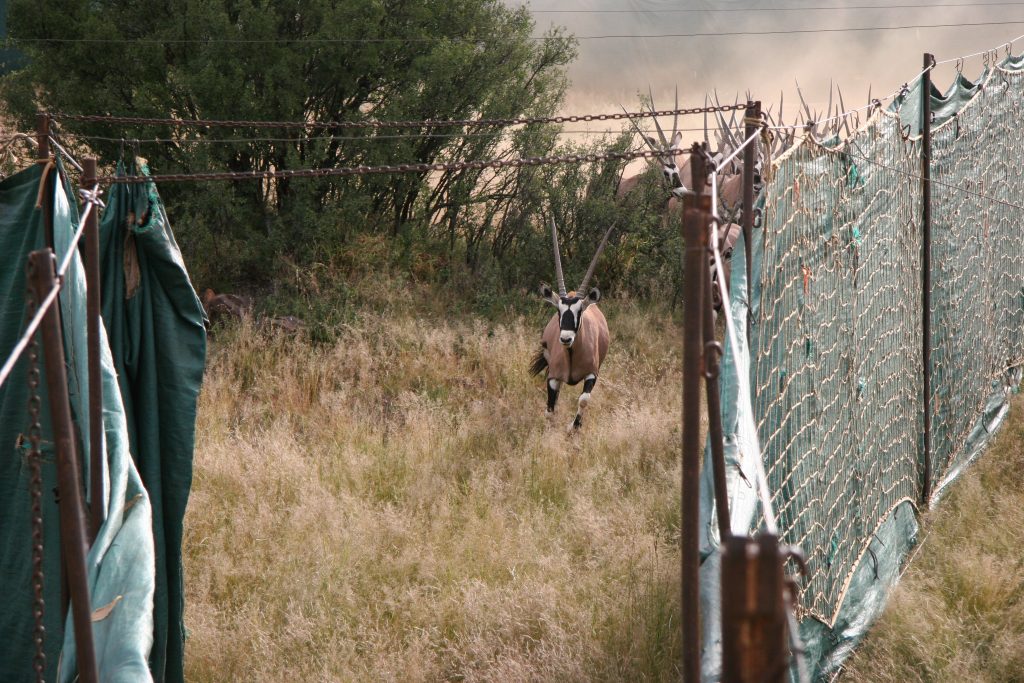
We don’t make use of dart guns and net guns daily. But when we do, it is usually to dart a specific animal/s. When darting animals, you need a veterinarian present to dart them. We use net guns on Common Reedbuck as they are solitary animals. When we do make use of net captures, we build the nets inside the boma and mostly catch springbuck. Thereafter, we grab them by the horns and inject them with a sedative for the stress.
